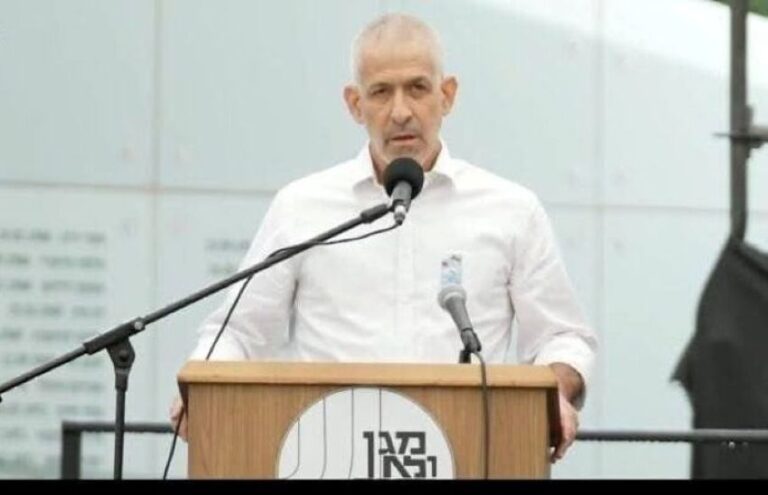If you’ve earned yourself a spot on the FBI’s Most Wanted list, you have a lot more to worry about these days than seeing your picture on the wall at your local post office.
The agency has begun to use some very cool high-tech tools to capture fugitives — and to find missing persons, too.
— The bureau recently upgraded its use of widgets — mini-applications that can be added to a Web page or a PC’s desktop and updated remotely by simply copying and pasting Web code.
— It has designed interactive iPhone-looking posters that bloggers and MySpace and Facebook users can embed on their pages to showcase the bad guys.
— There are weekly podcasts, e-mail alerts and digital billboards posted across the country that have directly led to the capture of at least 70 fugitives.
Best of all, this high-tech crimefighting costs almost nothing — and that’s a good thing, since most of the agency’s post-9/11 budget has been directed toward anti-terror operations.
The FBI’s overall goal is to get information to the public in as many ways as possible. Its 21st-century upgrades are all innovative, community-based technological advancements that get the word out in real time.
“The e-mail alerts, the podcasts and the widgets are geared toward getting out, grabbing people and bringing them to the Web site,” said Christopher Allen, an FBI public-affairs specialist.
The 10 Most Wanted lists first appeared on the FBI’s Web site 13 years ago, and the agency has been working to upgrade the site ever since.
There are now more than 400 cases on the site, including wanted fugitives, suspected terrorists and missing persons.
Since 1996, at least 50 people have been captured directly because of the information on the Web. But it’s hard to say exactly how many, Allen said, because in order to get credit, the tipster would have to say that he saw the information on FBI.gov.
The first widgets were launched in 2007 and were fairly simple in design — essentially small boxes that linked back to the agency’s pages.
“The widgets have appeared all over the world,” said Michael Lilly, chief of the online/print media unit of the FBI. “We got a couple of million visits to our site over the past year and a half.”
The new, sleeker design was launched in November and includes links to news, multimedia and photos of the 10 Most Wanted. It still directs Web surfers back to the FBI Web site.
Jason Heller, who started one of the first digital marketing media agencies and now is executive vice president of the Laredo Group, an interactive advertising company based in New York and Florida, said the FBI is doing a decent job conveying its message.
“Whether they’re doing great right now or not, there are no standards or secrets of how to do this stuff 100 percent right, so to speak,” he said. “There are no standards or one right way of communicating or distributing content or ideas and information through social media channels.”
As long as the agency continues to experiment and learn, it will stay ahead of the game, Heller said.
“The technology enables ideas and content to spread,” he said. “It’s not waiting for people to sit down to watch the evening news as it was 10, 20 or 30 years ago. It is reaching people on their time in the channels of their choice, and being ubiquitous.”
The FBI’s widget can be updated in a matter of hours, making it much more efficient than the old wanted posters.
The FBI also has the potential of putting fugitives, missing persons and bank robbers in front of millions of eyes every day.
In a project that began in Philadelphia in December 2007, the FBI now uses free space on thousands of digital billboards in more than 40 states across the country. That effort has directly led to the capture of at least 18 fugitives.
There are also three weekly podcasts — on wanted criminals, looks inside the FBI and memorable cases — that can be listened to using Windows Media or on an mp3 player.
Web surfers can also read the transcripts on the FBI’s Web site.
“These are, a lot of times, old cases. To generate new information on a case can sometimes be difficult,” Allen said. “It’s our job to come out with any means of directing that information to the public as best we can.”
Ernie Allen, president of the National Center for Missing & Exploited Children, has high praise for the FBI’s interactive strategy.
“I think it’s a great thing,” he said. “The key, particularly with fugitives and missing persons, is finding creative ways of putting this information in front of as many people as possible.”
Ernie Allen said the use of digital billboards is a very creative approach, as it can be customized for the location and be updated as needed.
“I think it’s a great use of technology,” he said. “The reality is the world has changed. I think what the FBI is doing is terrific.”
Christopher Allen, the FBI public-affairs specialist (who is not related to Ernie Allen), said fewer than 10 people are responsible for much of the FBI’s technology advancements, making the achievement that much more remarkable.
“We’re doing the best we can to pay attention to the evolving technology and information,” he said. “Once we identify an effective means of exploiting that, our technology people dig in and find a way to make it work for us.”
(Source: Fox News)










